Understanding Left-Turning Tendencies in Airplanes
Northstar VFR
MARCH 16, 2025
By Josh Page, CFI Ever heard your flight instructor say, More right rudder? Left-turning tendencies are primarily caused by four aerodynamic effects:torque, spiraling slipstream, gyroscopic precession, and P-factor (asymmetric thrust).Each By now you should be able to answer this quickly Applying right rudder! The result?

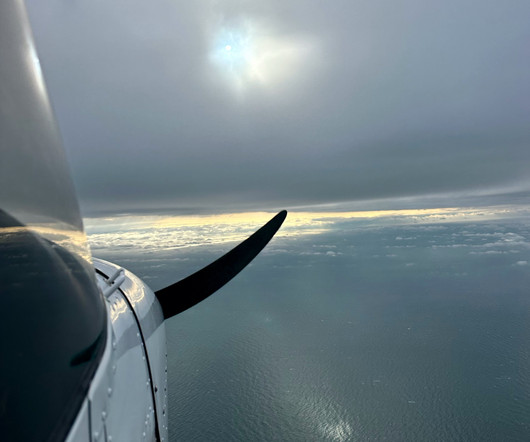

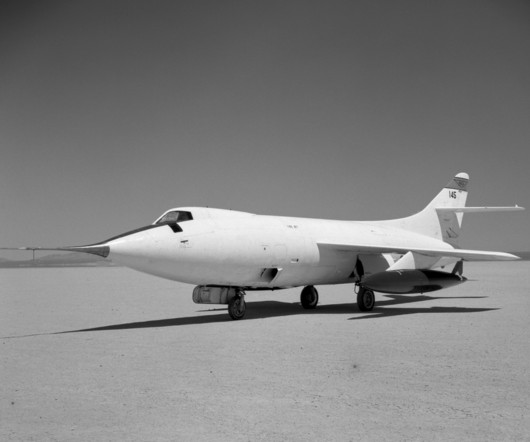


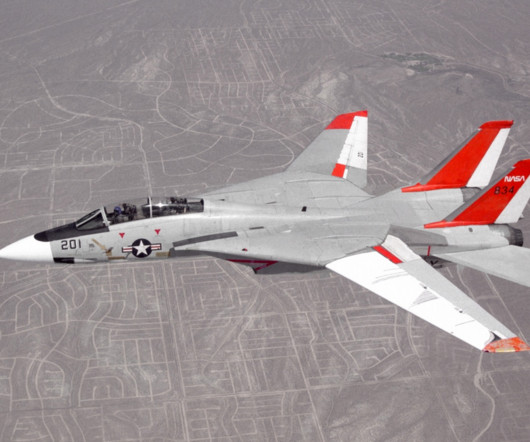

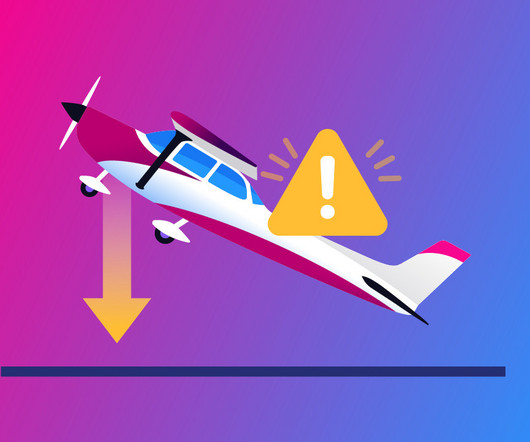


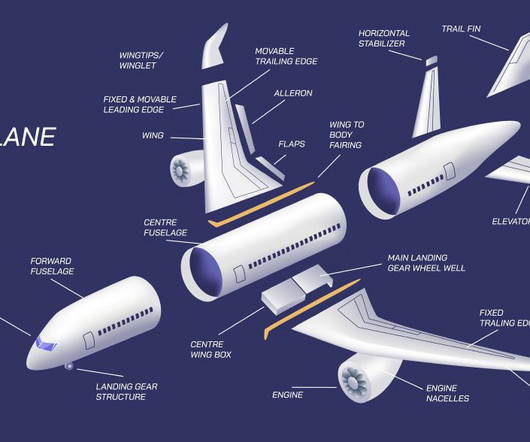



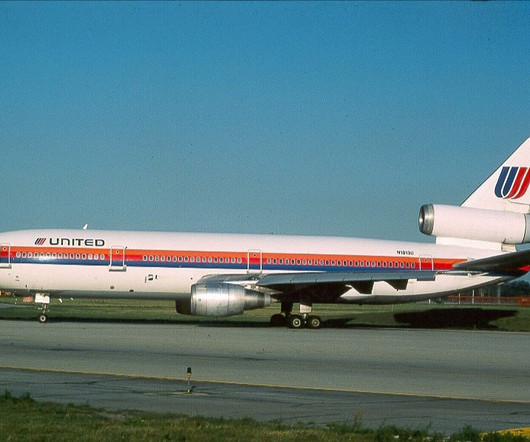
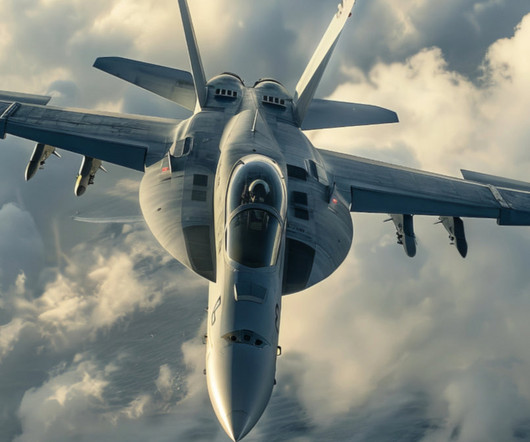
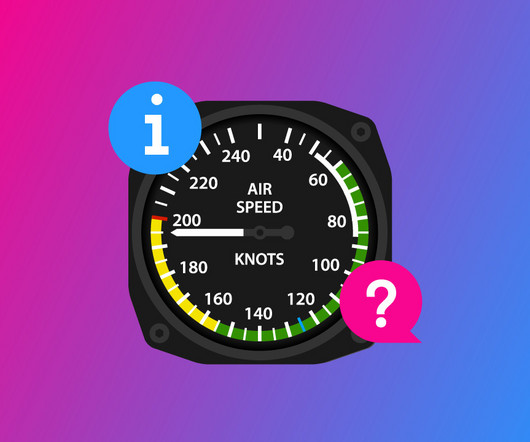

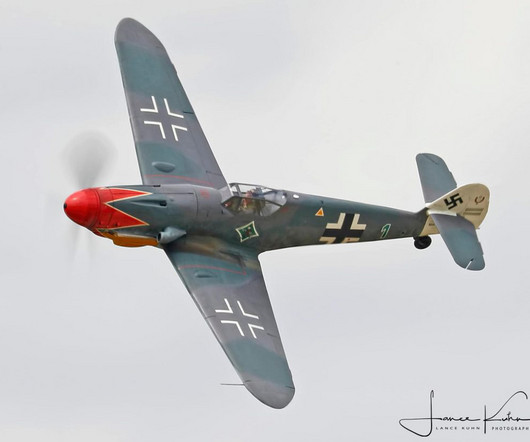









Let's personalize your content